Sony 100-400mm F4.5-5.6 G Master OSS Review
Dustin Abbott
May 2nd, 2020
The Sony FE 100-400mm F4.5-5.6 G Master OSS is an indispensable lens if you need versatile reach for sports or wildlife photography. Other telephoto lenses that reach beyond 400mm grow exponentially, leaving the 100-400mm to often being the smallest, lightest, most convenient package to get serious reach. Probably the greatest competition to the FE 100-400mm GM is Sony’s own 200-600mm F5.6-6.3 G OSS lens, which is cheaper and has even more reach, though at the cost of much more size and weight. This sets up a difficult choice between convenience of packaging vs additional reach and a cheaper price. My hope is that my review will help clarify which lens is for you. The 100-400GM (as we’ll call it for brevity), does have some real advantages…and disadvantages.
I’ve reviewed a number of lenses with similar focal lengths over the years, including lenses from Canon, Sigma, and Tamron. This would the fifth lens with this zoom range that I’ve tested, though I’ve also tested at least six of the alternative lenses with focal lengths like 60-600mm, 150-600mm, and 200-600mm. This has become a much more competitive space in the past six years starting with the release of the Tamron 150-600mm VC lens in early 2014. At least ten of the competing lenses that I’ve tested have been released during that window, and, while the amount of native competition on the Sony platform remains limited at this point, there are signs that this is going to change.
So while my time with the 100-400GM led me to believe that it is a competent, well-executed package, I must also acknowledge the fact that price for the lens is on the steep side at $2500 USD. That’s an additional $500 over the 200-600G and even $300 higher than the Canon EF 100-400mm F4.5-5.6L IS II, which is very possibly the best lens in the category at the moment. The Sony advantage, though, is in the complete package. I have found when using my Sony a9 body along with both the 100-400GM and 200-600G lenses that I’m able to more easily get action shots than I ever did with any Canon combination that I’ve used over the years.
And, to be fair, what’s available on other systems is only so relevant. The fact is that while many lenses adapt quite well to Sony bodies, the gap between the native autofocus performance of lenses like the 100-400GM and an adapted lens like the Canon is vast. So, while the Canon provides an interesting optical benchmark that I will reference (mostly because I own the lens), I will mostly focus my observations within the Sony platform. You can either read on or click on either the standard or definitive (detailed) video review thumbnails below.
Follow Me @ Patreon | My Newsletter | Instagram | Facebook | Twitter | Flickr | 500px
Thanks to Sony Canada and Gentec for the loaner. I’ve reviewed the Sony FE 100-400mm GM on my Sony a7RIII and Sony a9 bodies.
Sony 100-400GM Build, Handling, and Features
The 100-400GM is a well-executed package that delivers great performance in a relatively compact size and with light weight for the class. It weighs in at right over 3lbs (1395g) which really isn’t more than the much more “plasticky” Sigma (1160g) or Tamron (1135g) commercial grade zoom lenses. This also really undercuts the weight of the Canon 100-400LII (1640g) or the Sony 200-600G (2115g), so you are getting a professional grade lens with a premium build and feature set at a remarkably low weight overall. Here’s a quick look at some comps:
What’s interesting is that the Sony is actually a little larger physically than the Canon with a 3.7″ (93.9mm) diameter (about the same) but the length is 8.07″ (205mm) vs 193mm for the Canon. The Canon definitely has a denser, heavier feel in the hand. Sony has reduced the weight by using a modular frame and magnesium components. The 100-400GM feels tough and well made, and the lighter weight is of course a nice match for the smaller, more compact Sony bodies that it is designed for.
There is no evidence that Sony scrimped on the weather sealing components here. While the rubber gasket at the lens mount is small (typical on E-mount lenses for some reason!), it is part of 17 different seal points in the lens housing (rings, switches, buttons, etc…) and the front element has received a fluorine coating to help resist fingerprints and moisture.
The feature set of the Canon lens and the Sony lens are actually remarkably similar, with the one exception that the Canon has one additional stabilizer mode (3 vs 2) while the Sony adds the Focus Hold button in three positions to make sure it is easily accessible at any rotation. The Focus Hold button can be assigned a variety of difference functions from within the camera, and can be a quick and easy way to improve function based on your own preference.
The Canon was the first lens I’ve seen to employ a friction ring rather than a zoom lock. Sony employs a similar technique on the 100-400GM (an externally zooming lens), which allows you to choose smooth (easy rotation of the zoom ring) to tight (which increases the friction to where unintentional zoom creep will not happen). You can also choose degrees between according to your preference. The inner barrel of the lens will extend significantly when zoomed to the 400mm position.
There are four switches on the lens barrel. These include an AF/MF switch, a two-position focus limiter, an ON/OFF for the OSS, and a two position OSS Mode selector (Standard and Panning).
Also similar between the two lenses is the behavior of the tripod collar. The collar itself can be easily rotated via a well-made locking knob but is not fully removable. What is removable, however, is the tripod-foot, which can be loosened via a second tension knob and then a hidden button will release it completely. That can reduce a bit of weight, but also gets the foot out of the way if one wants to use the lens handheld. The means of removing the tripod foot are less cumbersome than what I found on the Canon.
I have only one complaint with either the Sony or Canon tripod foot itself: it is it not Arca-compatible. Some lenses come with an Arca-compatible foot that has a groove cut into it which allows it to go right onto a standard tripod head without the need of a quick-release plate. I don’t understand (at all) why a lensmaker would NOT add that simple feature, as it make a lens like this much easier to use.
Also similar to the Canon is the design of the lens hood. Both include a window on the side that can be slid up to access a circular polarizing filter (which needs to be rotated to the correct position) and also a locking mechanism with a button to release it. Sony’s hood is a little better designed, however, and includes a rubberized transition area at the front of the hood where often a lens will be set down. That’s a practical touch that I appreciate. I also prefer the way that the Sony hood matches the lens, while the Canon has a black hood on white(ish) lens.
The 100-400GM handles well, with good performance on both the zoom and focus rings. They both have a quality ribbing and are easy to operate. Up front there is a 77mm front filter thread that is shared by many other lenses.
This lens has an aperture iris with nine rounded blades. Newer Sony lenses have often moved to an eleven bladed aperture, but this one retains a circular shape fairly well when stopped down.
Also worth noting is that while the Canon and Sony lenses share a minimum focus distance of 3.22′ (0.98m), the Sony offers up a slightly higher magnification figure of 0.35x vs the 0.31x of the Canon. This is due to the fact that the Canon is guilty of some focus breathing at closer focus distances which makes it behave as slightly less than its true focal length. 0.35x is more than one third life size, and is extremely useful. You can definitely get some macro type shots with the lens, which furthers its versatility and usefulness. This is a big deal to me, personally.
There’s really not anything that I can point to that I think should be present that is missing. This is very nicely executed package.
Autofocus Performance
The 100-400GM employs a similar DDSSM focus motor assembly like that found in the 200-600G. This is a good thing.
The DDSSM is essentially two high-torque linear motors that work in conjunction with each other and drive focus on both sides of the focusing elements. Some of my favorite lenses for autofocus use a similar arrangement, and the result is fast, silent, and accurate autofocus. As I noted in the introduction, it is really here where Sony creates its greatest advantage. When viewed as a package, the combination of a good focusing body like the a9 series and one of these lenses produces an effortless package for tracking action.
It becomes mundane to track high speed movement at very high burst rates and to have little to no misses.
Add to this that the need for complex calibration of focus is unnecessary, and you have essentially a lens that you can mount on your camera, put the camera in high speed burst with AF-C enabled, and just starting holding down the shutter button. This makes the lens package incredibly accessible for photographers of a variety of skill levels.
I had a friend who breeds dogs bring some of her dogs to an open area where we could do some high speed tracking. I took hundreds and hundreds of photos of fast moving action and had near-flawless results. Effortless.
Autofocus is pretty close to perfect here. Fast, silent, and accurate. I have zero reservations on this front.
Sony 100-400GM Image Quality
We’ve seen that the 100-400GM is an attractive, well featured package with excellent autofocus, but does it deliver optically? Before I work at answering that question, I do want to offer up a small caveat that the focal range exceeds the space I have for my indoor tests, so I had to move everything out into the garage to run the tests. While I used the same lights that I typically do, there is obviously more ambient light that I have less control over. I ran tests at the same time and under the same conditions for the Canon 100-400LII, however, so that gives us a little more of a standard of comparison. I did these tests on a 42Mpx Sony a7RIII body.
The lens employs an optical formula of 22 elements in 16 groups, including 1 super ED element and 2 ED elements. This will also give you a look at Sony’s MTF charts:
A look at vignette and distortion at 100mm shows a tiny amount of pincushion distortion and a moderate amount of vignette. This being a first party lens, it receives first party profile support and is corrected essentially perfectly.
By 400mm we see another percentage point or two of pincushion distortion, though it remains very mild. Vignette is about the same, and is really fairly mild for this type of lens. The corrected sample shows perfect correction.
Correction will come either in camera for JPEG or Video, and at this point there are well distributed RAW correction profiles everywhere for the lens.
By the way, this is one area where the Sony destroys the Canon. The Canon shows much more vignette.
Sony also has an advantage at 100mm in terms of overall sharpness. Crops from across the frame at F4.5 show uniformly excellent results.
It’s a little hard to show here (which tells you that it is close), but as I look at a pixel level across the frame, I consistently see a small sharpness and contrast advantage for Sony everywhere save the extreme corners.
Stopping the lens down at 100mm (and frankly, across the focal range), produces only very, very mild improvements. There is a small amount of improved contrast, but most of the resolution is available from wide open.
It’s also worth noting that the Sony is already reaches its smallest maximum aperture of F5.6 very quickly. The Sony goes from F4.5 to F5 by 115mm, and reaches the smallest maximum aperture of F5.6 by a paltry 162mm. The Canon, by contrast, doesn’t hit F5.6 until 312mm!! Will this be big deal? Probably not, though it could make a difference if you shoot a lot in lower lighting conditions.
So, by the time we test 200mm, we are already at F5.6 on the GM, while the Canon is at F5.
There is a mild dip in contrast at 200mm compared to 100mm, though resolution remains consistently good across the frame.
Stopping down to F8 gives us a minor contrast boost, but nothing significant.
Image quality at 400mm is slightly softer, though not by any significant margin. Contrast is roughly the same as 200mm (better in a few points on the frame), but the fine details aren’t quite as finely resolved.
This is the point where the Canon shows the greatest advantage, delivering an overall brighter image with equal settings. The Sony is as good in the center of the frame, but the Canon is noticeably sharper midframe and delivers slightly better resolution and contrast in the corners. Here’s that midframe comparison:
Would you notice this without them side by side? Probably not. So, glass half full take: the Sony 100-400GM delivers very similar image quality to the lens I consider to be the best in the class. Glass half empty? The Sony costs $300 more and yet isn’t quite as good optically. Does any of this matter if you just shoot Sony? Not one bit. The 100-400GM is a very good lens optically (though not better than the 200-600G) despite having a higher price.
Here’s a shoot of the moon (deeply cropped).
Here’s another of Ferrari along with a deep crop. This is wide open at 400mm.
Detail is good, though contrast isn’t popping to my eye.
Here’s a shot of some wild turkeys roaming through my yard. You can see that, like the photo of my cat, that resolution is good in the crop but contrast isn’t exceptional.
Bokeh is an area where I’m not deeply impressed with the 100-400 GM. I saw a number of situations where I felt the bokeh tended towards busyness, like in this shot of a robin:
That’s a difficult example, as most the bokeh is in the transition zone where “nervousness” is often most obvious. But even in this shot, which I would consider an excellent opportunity for good bokeh, I see more outlining that what I would personally like to see:
This shot is better, and points to the fact that probably the nicest bokeh will come when you are close to your subject and can really make the background disappear.
One more for your consideration. I actually really like this shot overall, but if you look at the forest a good distance beyond the subject, it is definitely busier than what I would like to see.
Bokeh is a subjective measure, so I recommend that you visit the image gallery here and draw your own conclusions.
In real world shooting I saw no issues with chromatic aberrations of any kind (lateral or longitudinal). Sony has done a good job controlling for them.
Finally, let me address flare resistance. First of all, however, know that dealing with flare situations is far less common with long telephoto lenses because of their tight angle of view. There might be a rare occasion when tracking a bird in flight that you might encounter a bright light source in the frame, but it’s much rarer than when shooting with a wider angle of view. In the way that most people will shoot the lens (wide open or close to it), flare is well controlled by the coatings here. Stopped to F11 (the second and fourth shots in the series), there are more pronounced ghosting artifacts, and (in the case of 400mm) a unique shaft of light coming through the frame. For real world use, however, I don’t anticipate flare being an issue for any photographers.
All in all, the lens is very good optically, though I don’t see any area where it really distinguishes itself from the competition.
Conclusion
You might have picked up on the fact that I’m a little conflicted on this particular lens. One one hand, the Sony FE 100-400mm F4.5-5.6 GM OSS is a well-executed, competitive package that is great to use. On the other, the 100-400GM is priced like a premium lens – easily the most expensive lens with this focal range (or Nikon’s 80-400mm option). That’s fine, but I expect a lens that is priced above all competition to offer something that other lenses do not. And, while the 100-400GM is an excellent lens, I’m not sure that it is a superior lens.
In fact, I’m still not sure why it would be labeled a “G Master” lens while the Sony FE 200-600mm F5.6-6.3 is only a “G” lens, as I could not distinguish any difference between the lenses in build or performance.
But what is also true is that the Sony 100-400GM remains a very compelling option if you want reach and good performance but don’t want to carry a large, heavy lens. It delivers fantastic autofocus performance and competitive image quality while actually weighing LESS than the 70-200mm F2.8 GM lens. With a good focusing Sony camera, tracking and capturing action becomes near-effortless (and a lot of fun!) You can add a 1.4x teleconverter for even more reach, though if you regularly want to shoot beyond 400mm, I recommend just going for the 200-600G lens – it will cost you 50% less once you factor in the cost of the teleconverter. The Sony 100-400mm F4.5-5.6 GM OSS is an excellent lens, though I’m not fully convinced that it stands as a Master lens. Then again, I’m pretty delighted with the many frozen moments of action that I was able to capture with the lens…and you will almost certainly be, too.
Pros:
- Relatively lightweight package
- Good weather sealing throughout
- Generous feature and control set
- Extremely fast, accurate, silent autofocus
- Great tracking capabilities
- Good sharpness throughout the focal range
- Low vignette and distortion
- Good chromatic aberration control
- OSS works seamlessly with camera IBIS
Cons:
- Overpriced relative to competition
- Sony 200-600mm F5-6.3 G OSS provides similar performance at a much lower price
- Bokeh can be a little busy
- Reaches smallest maximum aperture of F5.6 by only 162mm
Purchase the Sony 100-400mm F4.5-5.6 G Master @ B&H Photo | Amazon | Amazon Canada | Amazon Germany | Ebay
Sony a9 Camera: B&H Photo | Amazon | Amazon Canada | Amazon UK | Amazon Germany | Ebay
Sony a7RIV Camera: B&H Photo | Amazon | Amazon Canada | Amazon UK | Amazon Germany | Ebay
Sony a7R III Camera: B&H Photo | Amazon | Amazon.ca | Amazon UK | Ebay
Peak Design Slide Lite: Peak Design Store | B&H Photo | Amazon | Amazon Canada | Amazon UK
Peak Design Leash Strap: Peak Design Store | B&H Photo | Amazon | Amazon Canada | Amazon UK
BenQ SW271 4K Photo Editing Monitor – B&H Photo | Amazon | Amazon.ca | Amazon UK
Adobe Photoshop Creative Cloud 1-Year Subscription
Exposure Software X5 (Use Code “dustinabbott” to get 10% anything and everything)
Purchase your gear at:
B&H Photo | Amazon | Ebay | Make a donation via Paypal
Visit Dustin’s Amazon Storefront and see his favorite gear
Purchasing your gear through B&H and these links helps fund this website and keeps the articles coming. You can also make a donation here if you would like. Visit my Amazon page for some of my gear of choice! Thank you for your support.
Great News! I can now offer a 5% discount on all purchases at Amplis Foto, Canada’s Leading Photographic Supplier. Please enter discount code: AMPLIS52018DA in your cart. It is good for everything in your cart, and is stackable with other coupons, too! It will take 5% off your entire order! Proceeds go towards keeping this site going and providing you with new reviews!
Check me out on: My Patreon | Sign Up for My Newsletter | Instagram | Facebook | Twitter | Flickr | 500px | Google+ |
Use Code “DUSTINHDR” to get $10 off ($15 CDN) any Skylum product: Luminar, Aurora, or AirMagic
Keywords: Sony 100-400mm, 100-400mm G Master, 100-400mm GM, 100-400GM, Sony 100-400mm F4.5-5.6 G Master, F4.5-5.6 G Master, GM, 100-400, 100-400mm, Sony, 135GM Review, 100-400mm G Master Review, Review, Dustin Abbott,, FE, Sony, a7R3, a7RIII, Sample Images, Tracking, Video Test, YouTube, Comparison, Sharpness, Video, Zeiss, Sony a7RIII, Sony A7RIV, Sony a7R IV, Sony a9, Hands On, Video Test, Portrait, Video, Sharpness, Real World, Comparison
DISCLAIMER: This article and description contains affiliate links, which means that if you click on one of the product links, I’ll receive a small commission. As an Amazon Associate I earn from qualifying purchases.












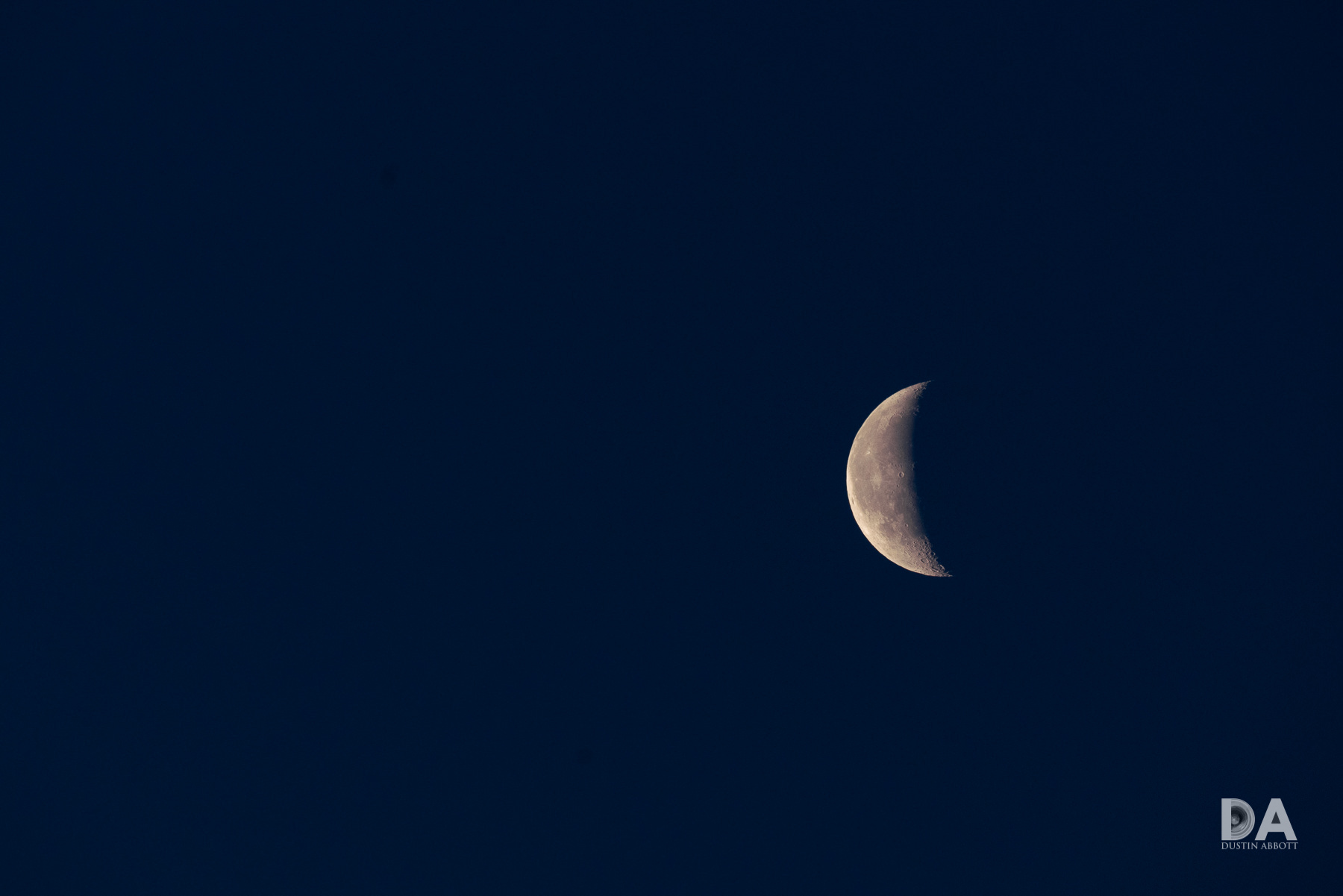
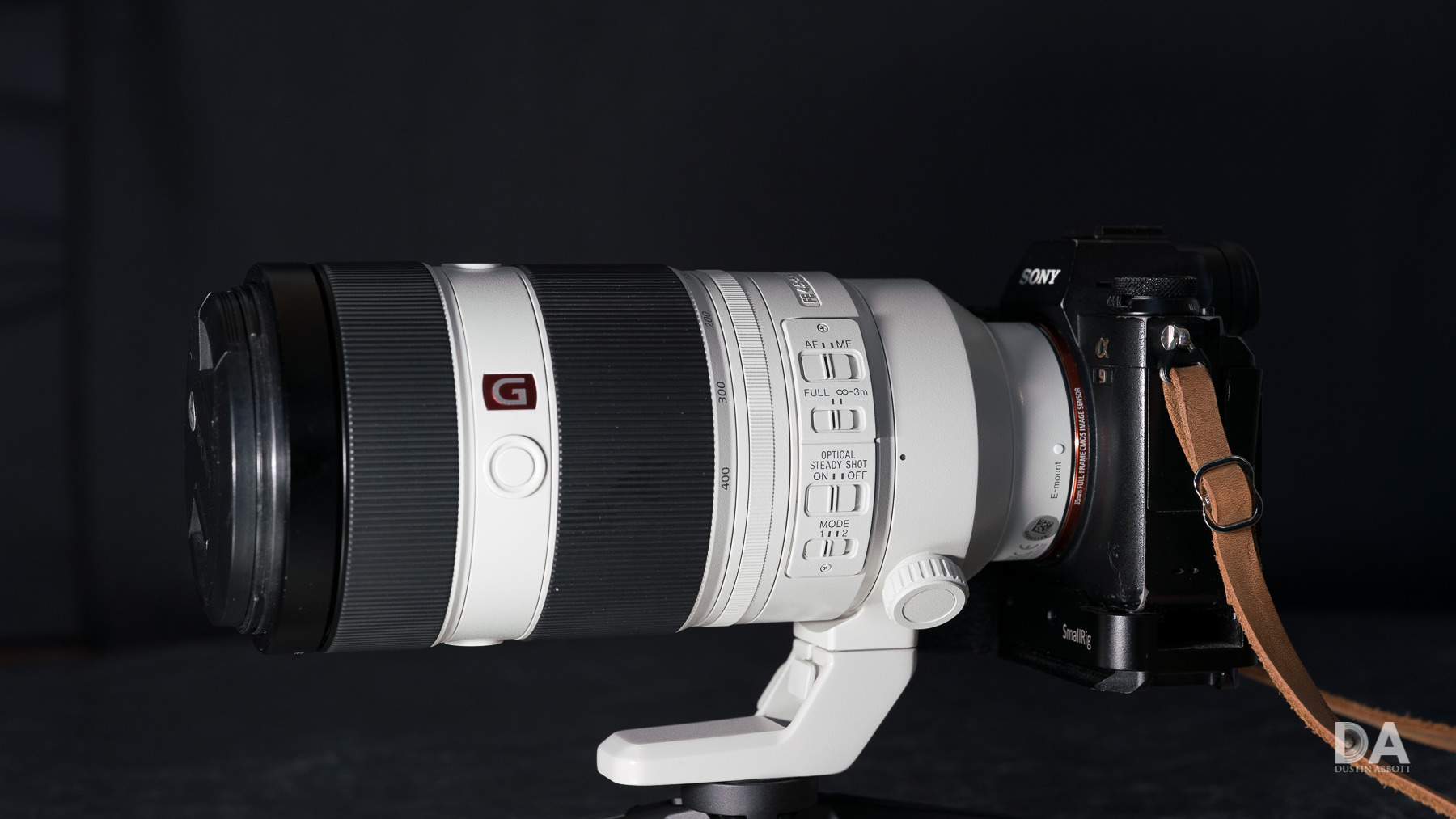
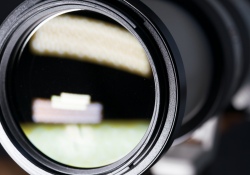
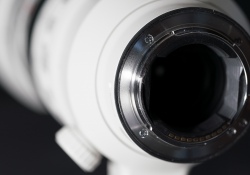
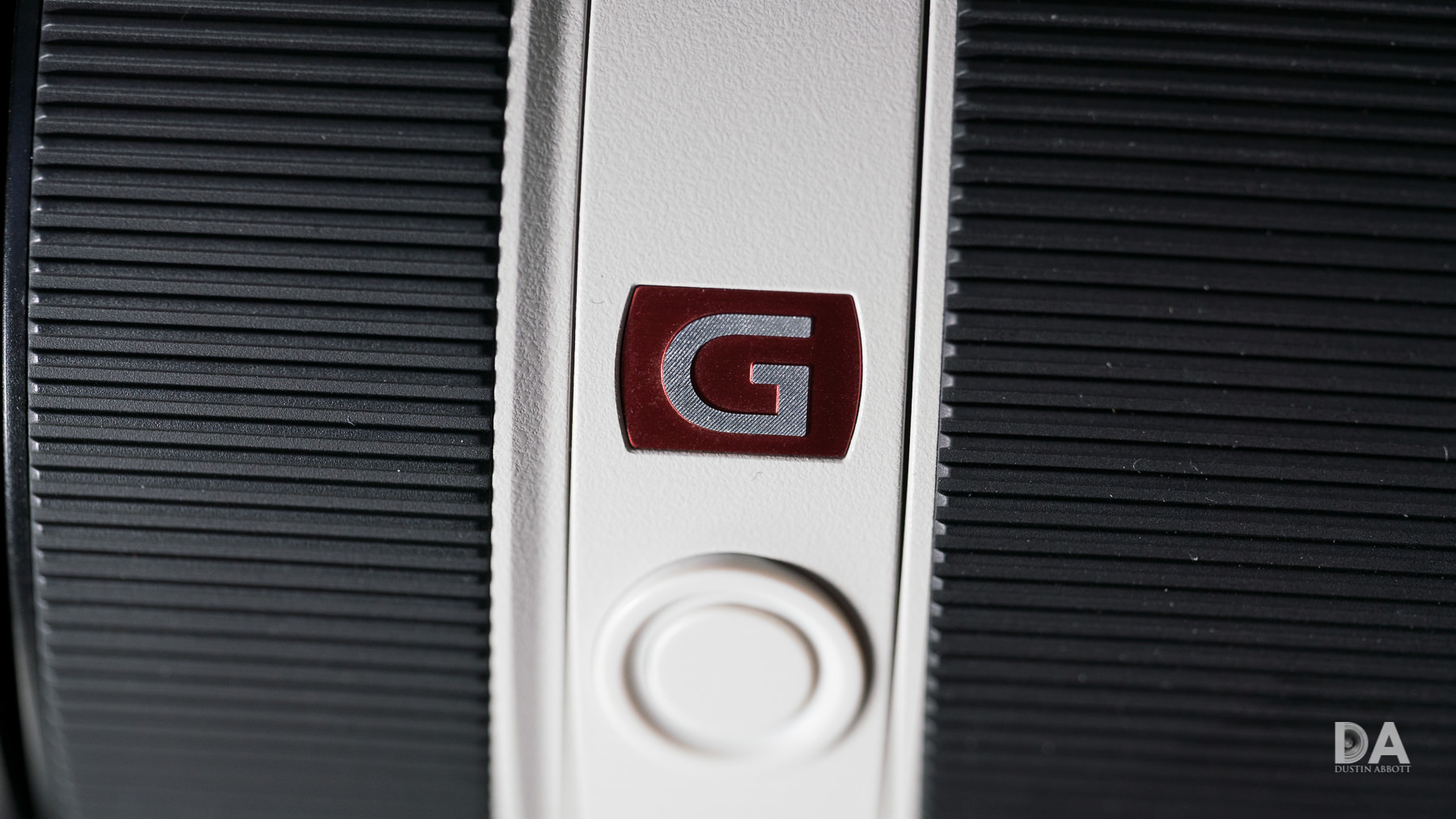
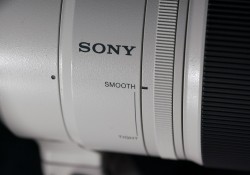
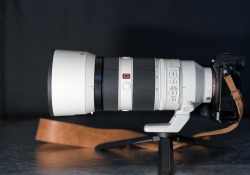

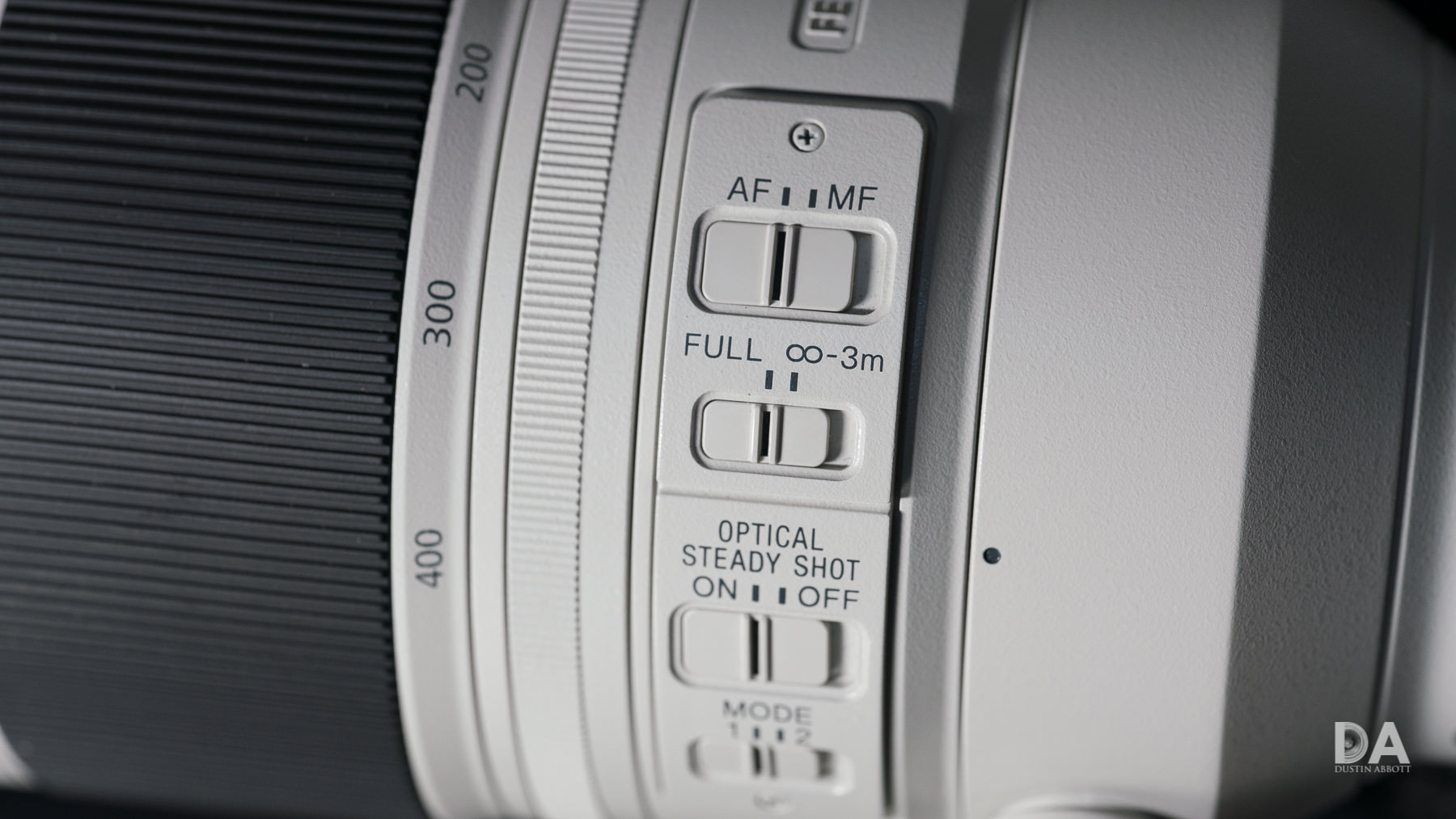
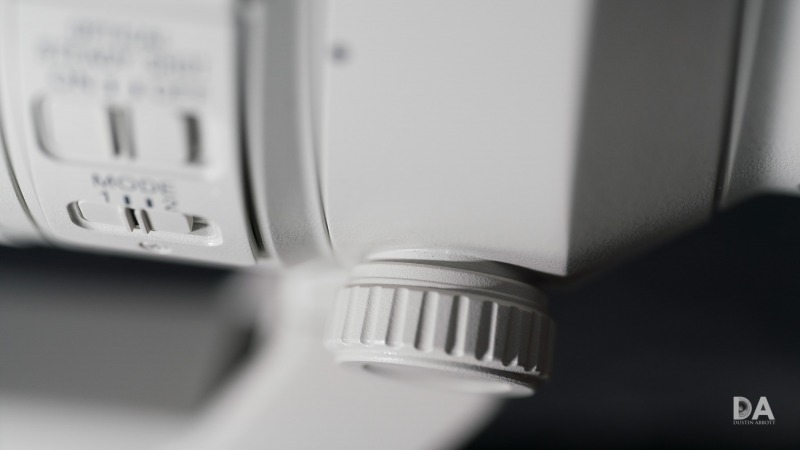
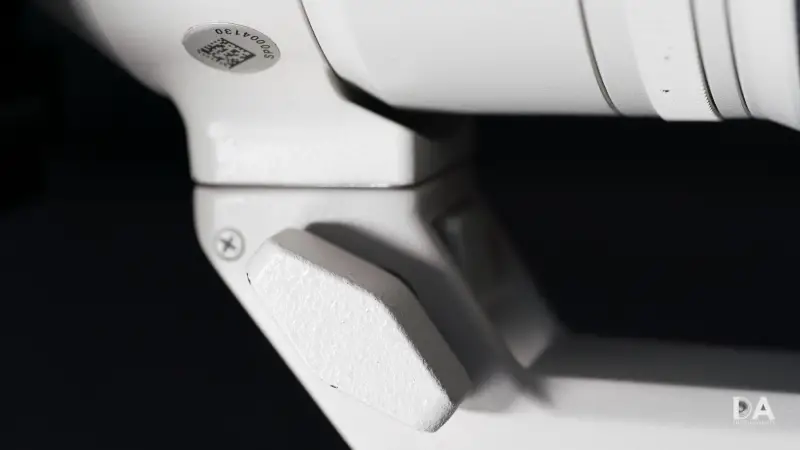


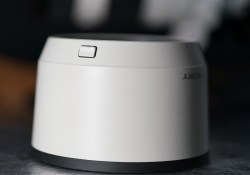
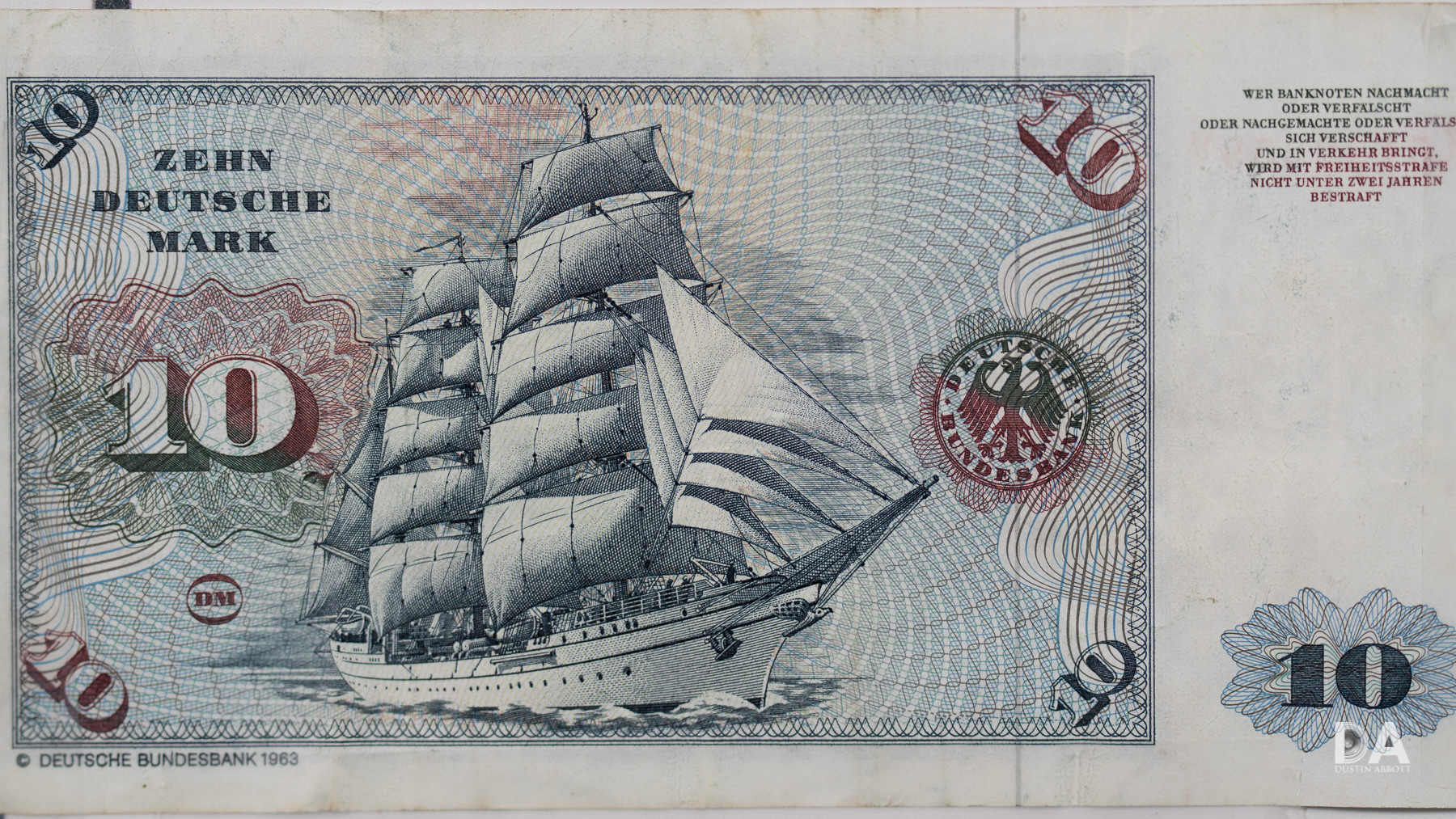



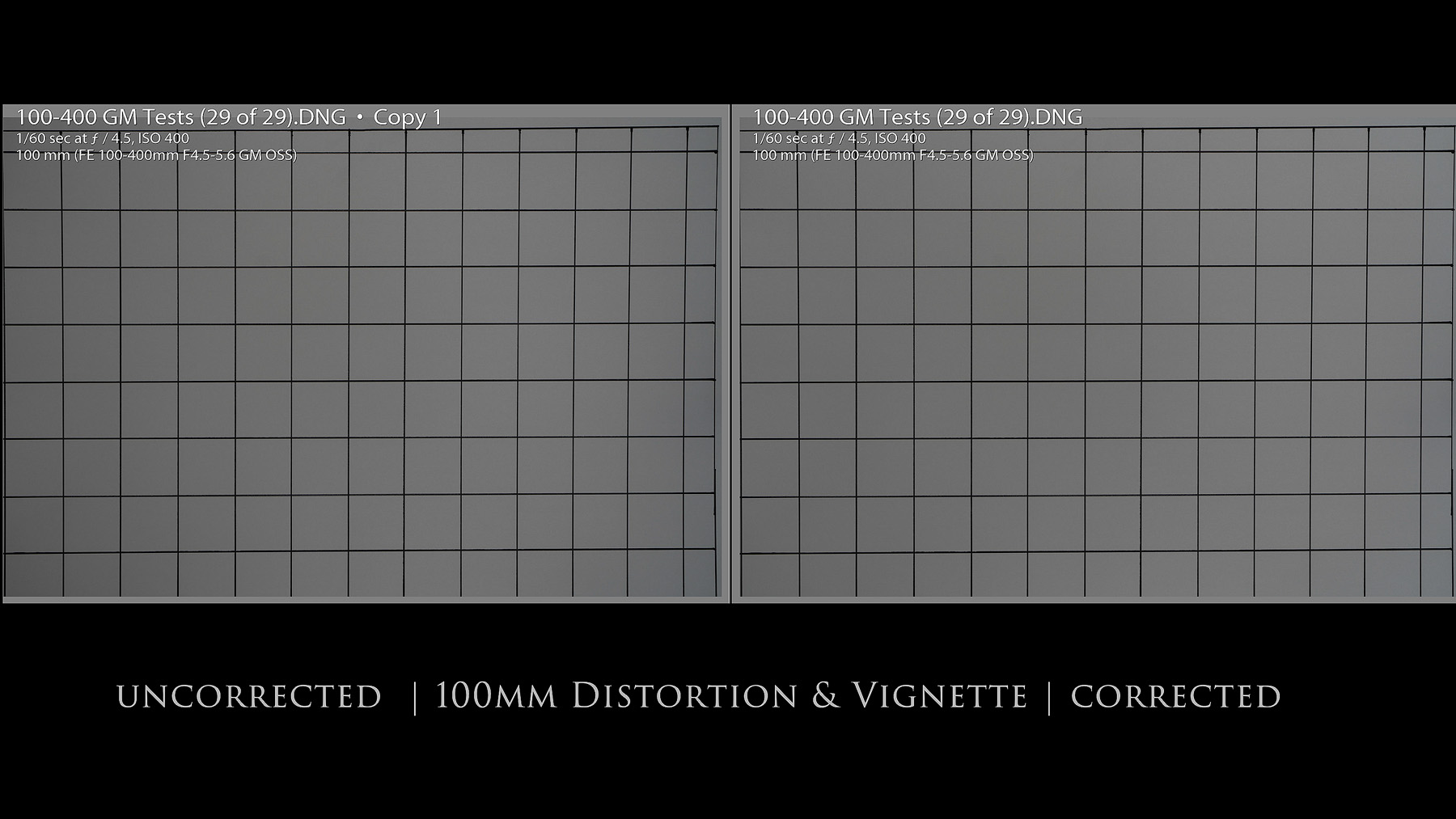
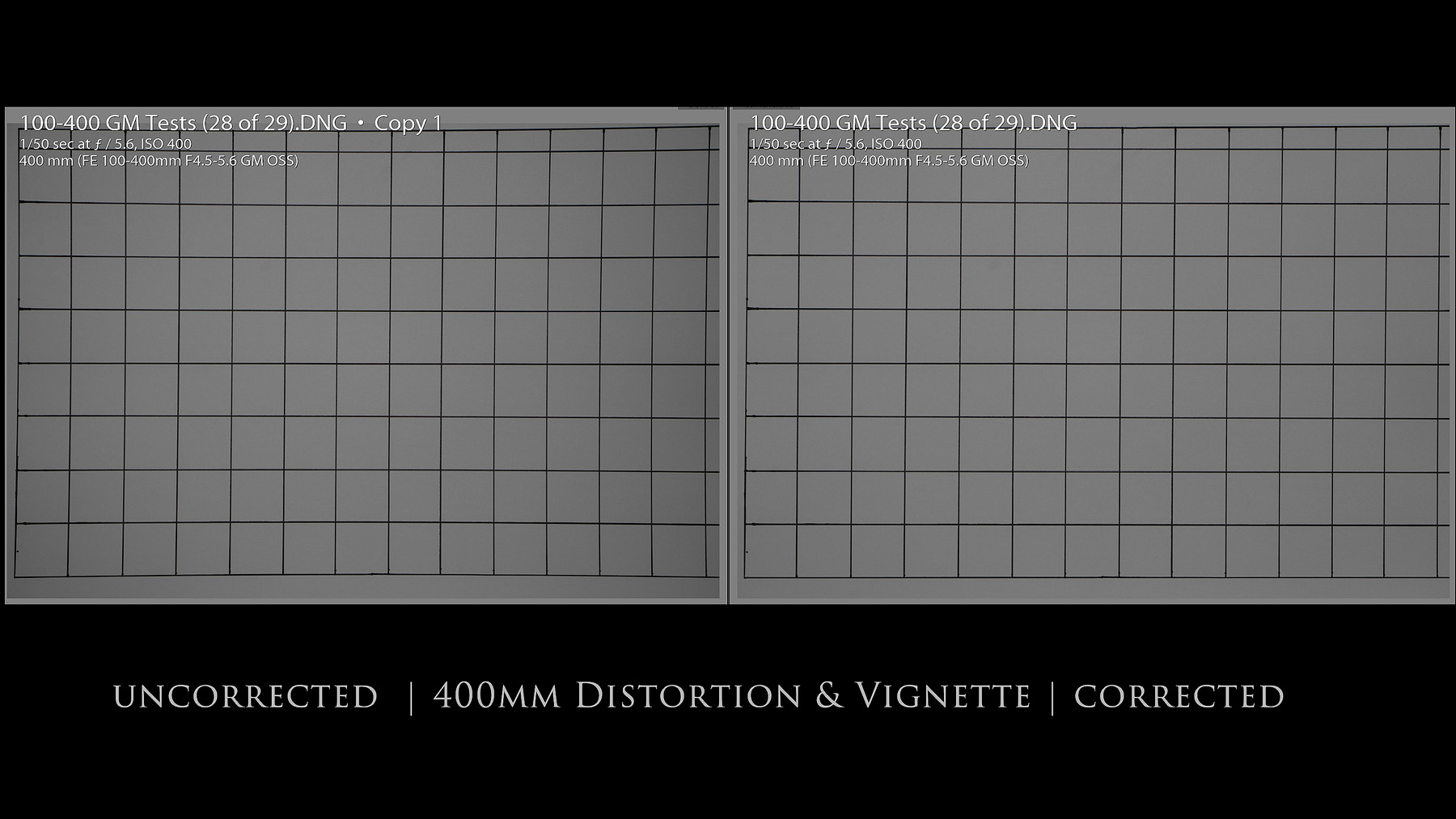

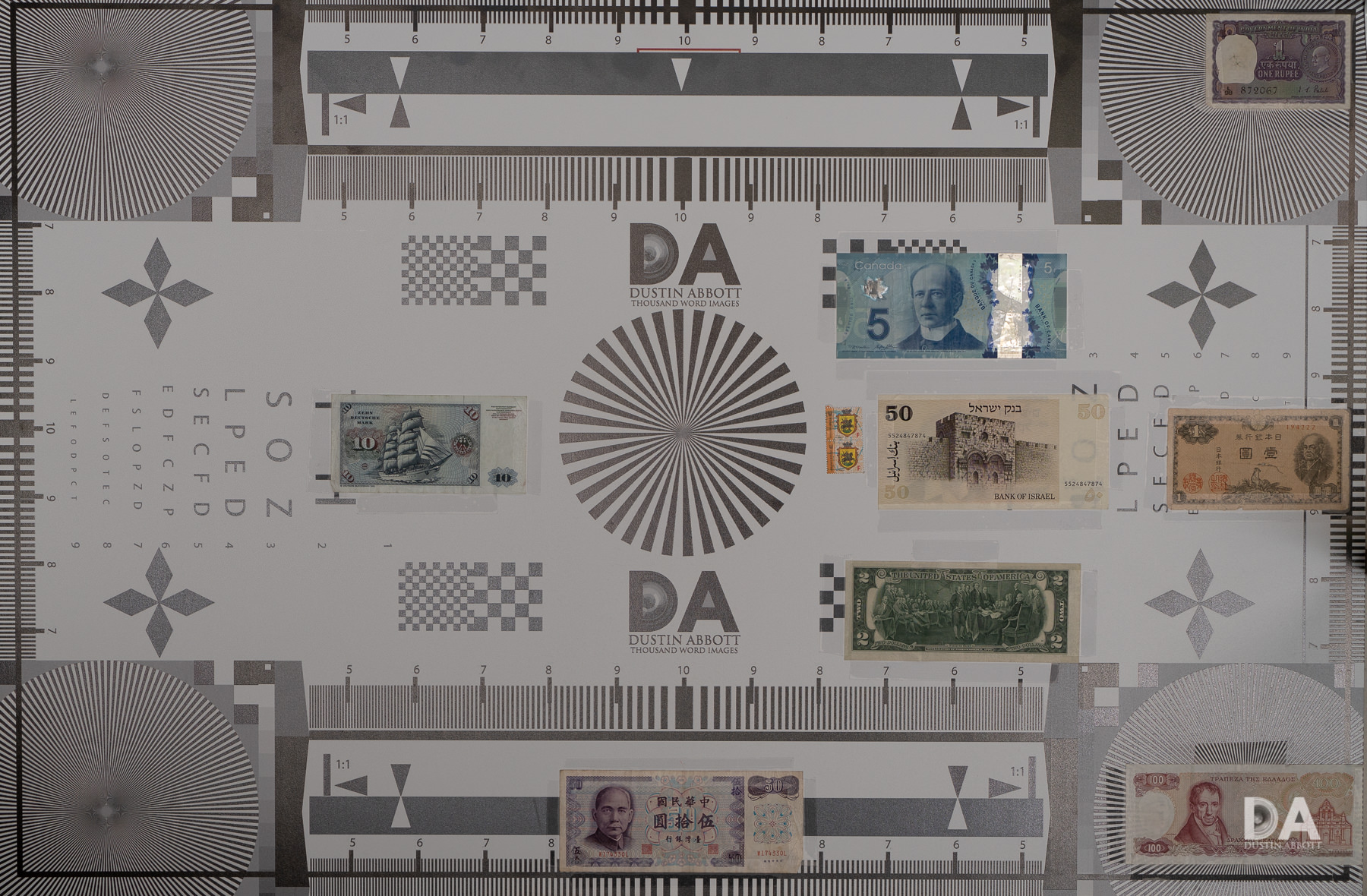



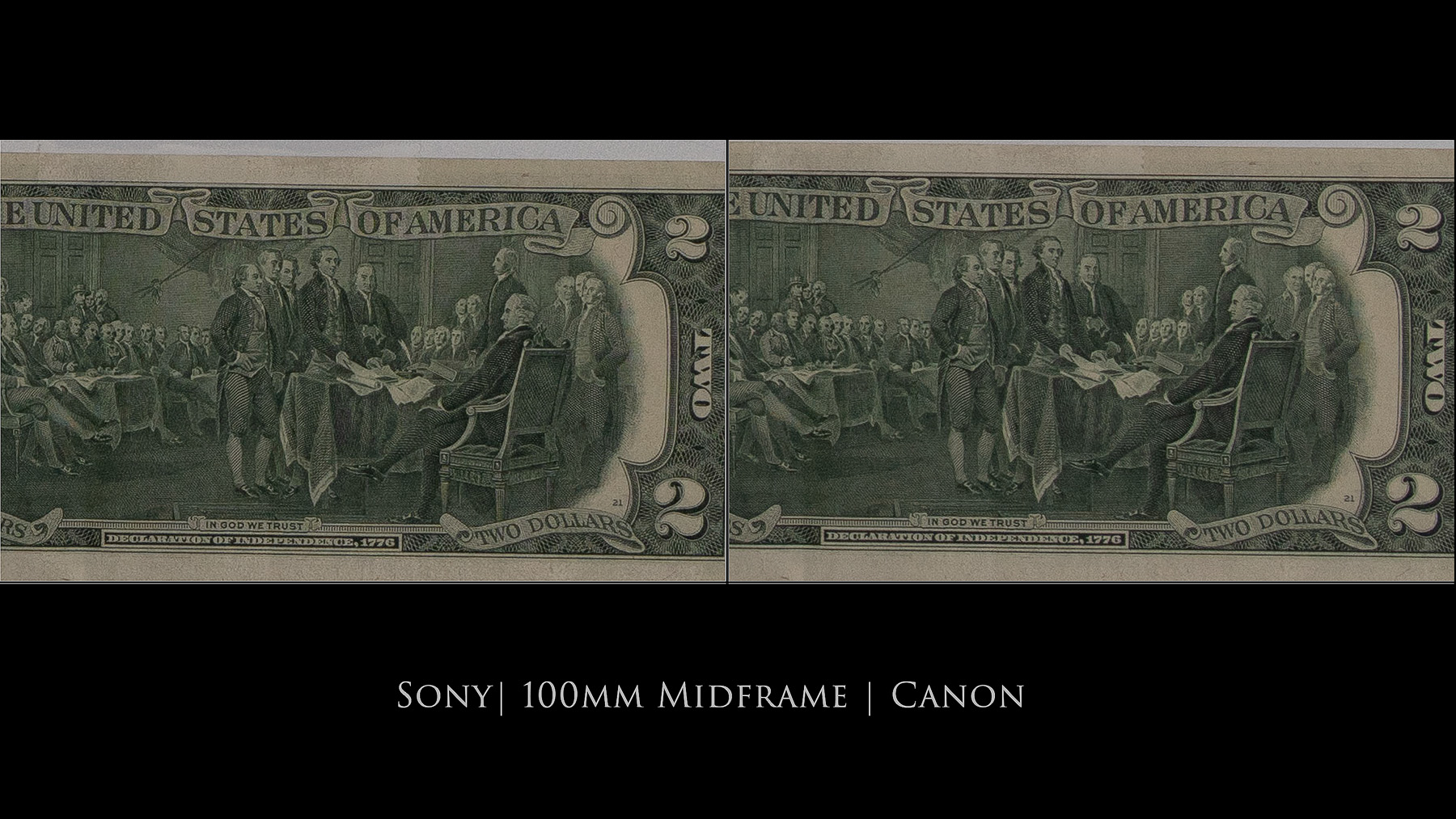




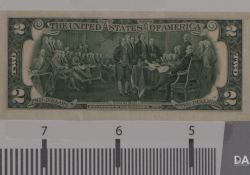

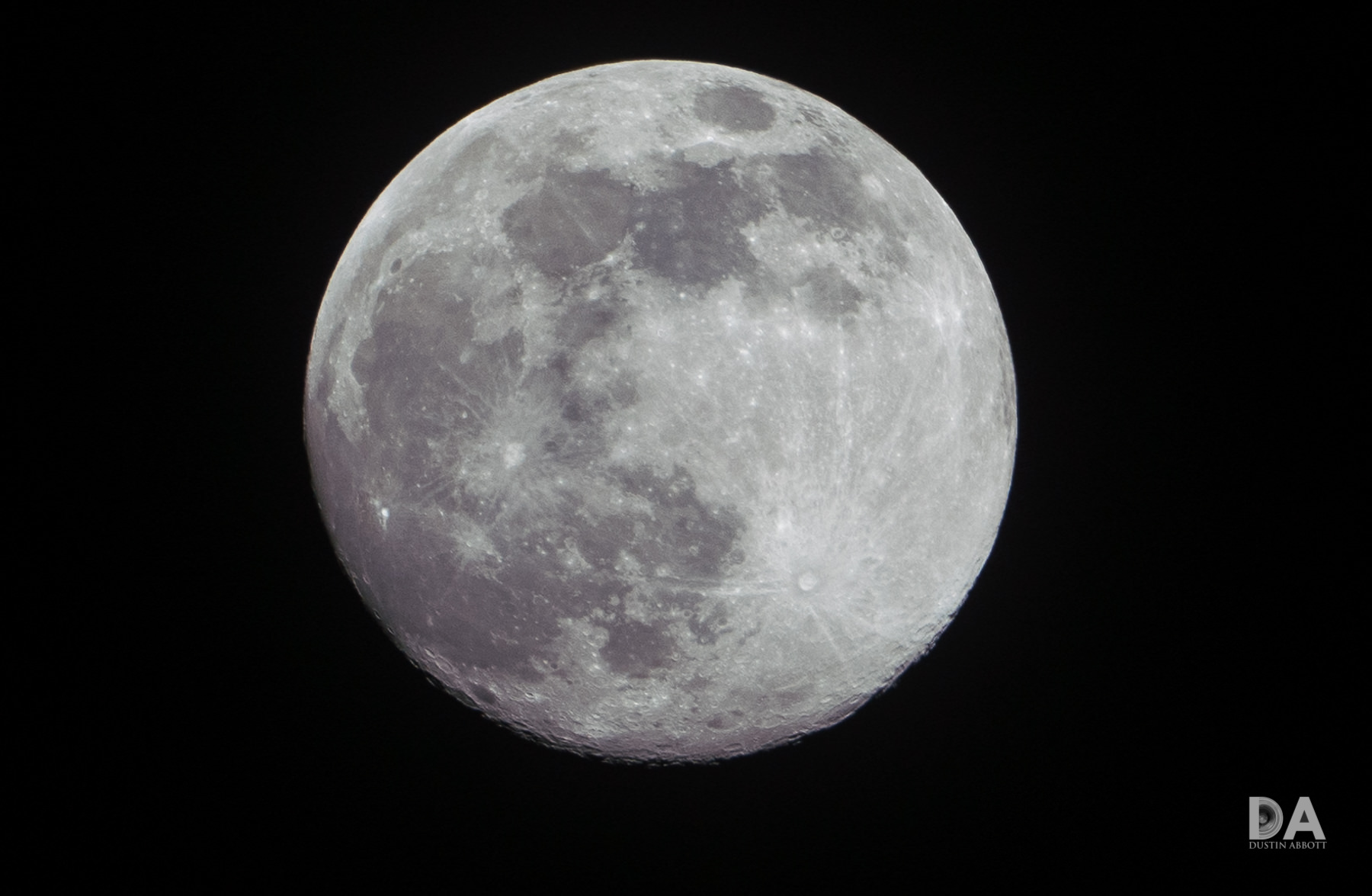


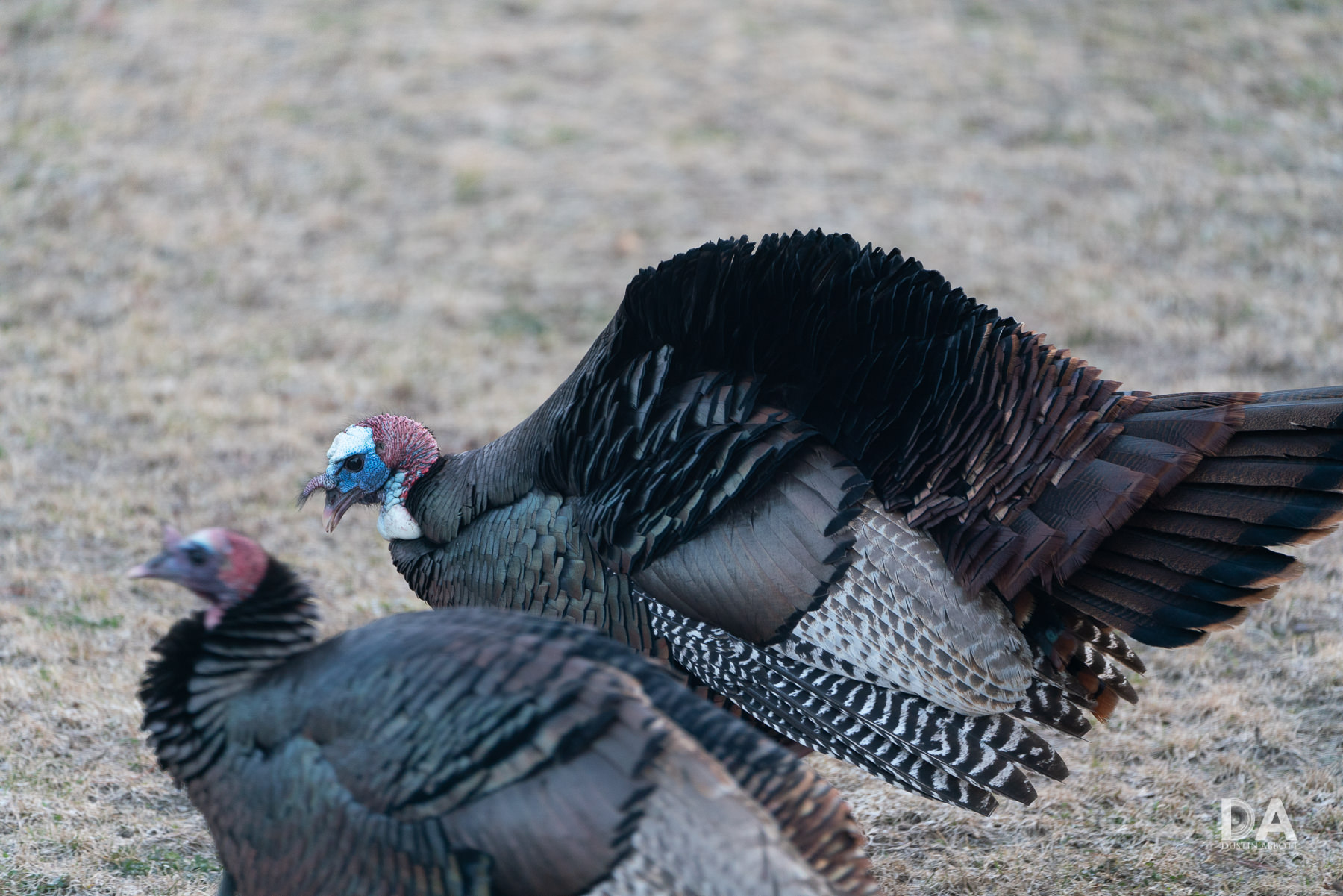


















 GOOVIS ART Head Mounted Display Review
GOOVIS ART Head Mounted Display Review  Laowa AF 12mm F2.8 Zero D Review (Z-Mount)
Laowa AF 12mm F2.8 Zero D Review (Z-Mount)  Nikkor Z 35mm F1.2 S Review
Nikkor Z 35mm F1.2 S Review  Kase AF 85mm F1.4 Review
Kase AF 85mm F1.4 Review 



One thought on “Sony 100-400mm F4.5-5.6 G Master OSS Review”